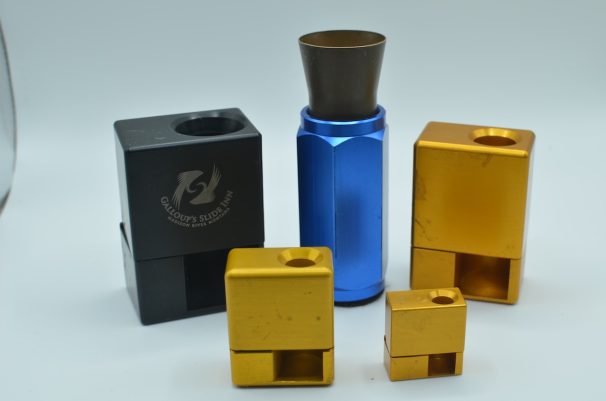Despite the title, you can do the same technique with hair that is less hollow but what that may improve in appearance, will lack in the flies ability to float. Hollow hair is the clear better choice and why many choose deer hair over elk in many applications as it is typically more hollow throughout each fiber.
The amount of hair you choose is left entirely to the tyer, and should be based around not only the size of the fly tied, but also the situation under which it will be fished. If you need something sparse, for fishing rather picky fish feeding in the slicks of a pool, then I would suggest using less hair in the bundle for the wing. Conversely, if you are imitating a species of mayfly that is larger and/or you plan on fishing these in broken riffle water, a bundle of hair much denser will suffice. More hair in the bundle will aid in floatation for the pattern, so the decision of how much should hinge around those concepts. Personally, when I tie these for people I ask them how they want the wings and go from there. For my own use, I typically carry some of both in my own boxes so that I can cover more situations than just one. You can always trim some hair away from the wing stream side but you cannot add to it, so if you don’t want to get into overcomplicating things, simply dress them heavier and trim away some of the wing while fishing if need be.
Over time the way to wing these style flies grew some adaptations due largely in part to the resiliency of hollow hair. Over time this type of hair will have a tendency to lean in the direction that it was mounted. Some tyers prefer to mount the hair in the original mounting position, which we will do today; others prefer to mount the hair in reverse. My suggestion is try them both and see what works for you.

When cleaning and preparing your deer hair, proper stacker size aids in producing consistent wings. For obvious reasons, I have hair stackers in a variety of sizes. It is imperative in order to increase efficiency and consistency you use a stacker that is in line with the size of the hair you are using. It would prove frustrating if I used my magnum stacker for size 12 comparaduns as the hair could quite literally fall out when I separate the stacker. A smaller one is the wisest choice as it not only will help in keeping the hairs aligned, it also helps the tyer get in the habit of selecting the proper amount of hair for the job.
